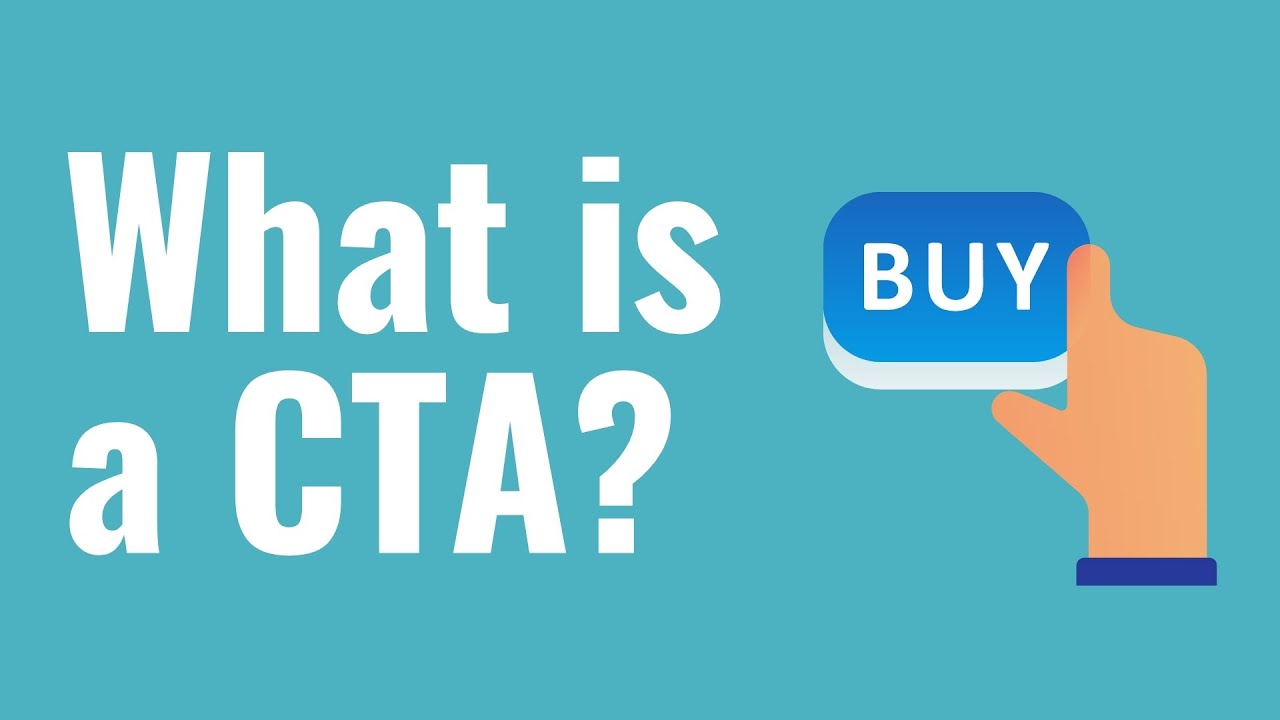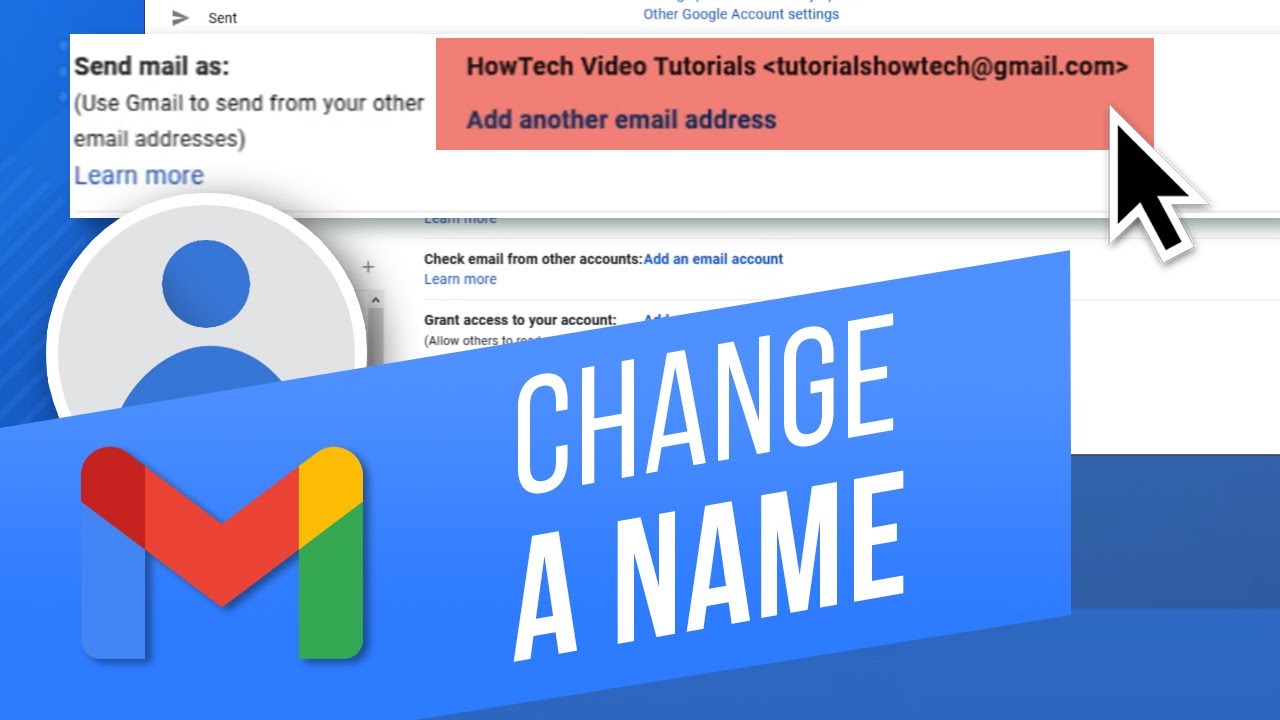To help you harness the true potential of email marketing, we have compiled a list of powerful email marketing tipsthat will elevate your campaigns to new heights. From building a targeted email list to crafting compelling subject lines, optimizing for mobile devices, and personalizing your content, these tips will empower you to engage, convert, and build stronger relationships with your subscribers. So, let's dive in and discover the secrets to email marketing success!
Why Invest In Powerful Email Marketing Tips?
Email marketing is a highly effective tool for businesses to connect with their audience and drive conversions. Here are 15 powerful email marketing tips that can help you achieve success:
Build A Targeted And Segmented Email List
Building a targeted and segmented email list is crucial for the success of your email marketing campaigns. Instead of focusing on quantity, aim for quality by collecting email addresses from individuals who are genuinely interested in your products or services. This can be done through lead magnets, opt-in forms on your website, or by leveraging customer data from past interactions.
Segmentation is the process of dividing your email list into smaller groups based on specific criteria such as demographics, interests, or past behavior. By segmenting your list, you can send more personalized and relevant content to each group, increasing engagement and conversion rates. For example, if you have an online clothing store, you can segment your list based on gender or purchasing preferences to tailor your emails accordingly.

How To Segment Your Email List: 3 Effective Strategies
Personalize Your Emails
Personalization is a powerful strategy to make your subscribers feel valued and to establish a stronger connection with them. Address your subscribers by their names in your emails, and use dynamic content that is based on their preferences and past interactions with your brand.
For example, you can send personalized product recommendations based on the recipient's browsing or purchase history. You can also use data such as location or past engagement to offer customized promotions or exclusive offers. Personalization goes beyond just using the recipient's name; it involves understanding their needs and delivering content that speaks directly to them.
Craft Compelling Subject Lines
Subject lines play a crucial role in determining whether your emails get opened or ignored. A compelling subject line should grab your recipients' attention, create curiosity, and offer value. Keep them concise and avoid using spammy language or excessive capitalization, as this can trigger spam filters or make your emails appear unprofessional.
Here are some examples of effective subject lines:
- "Exclusive 24-Hour Sale: Get 50% off Your Favorite Products!"
- "Learn the Secrets to Boosting Your Productivity in 5 Easy Steps"
- "You're Invited: Join Us for an Exclusive Webinar with Industry Experts"
Experiment with different approaches and A/B test your subject lines to see which ones resonate best with your audience and drive higher open rates.
Optimize Email Design For Mobile Devices
With the majority of people accessing their emails on smartphones, it's crucial to ensure that your email design is mobile-responsive. Your emails should adapt to different screen sizes and be visually appealing on mobile devices.
To optimize your email design for mobile:
- Use a responsive email template that automatically adjusts its layout based on the screen size.
- Keep your email width between 600-800 pixels to ensure it fits well on mobile screens.
- Use larger fonts and buttons to make it easy for mobile users to read and interact with your content.
- Test your emails across various devices and email clients to ensure consistent display.
By making your emails mobile-friendly, you ensure that your subscribers can engage with your content wherever they are.
Provide Valuable And Relevant Content
One of the keys to successful email marketing is to provide valuable and relevant content to your subscribers. Your emails should offer something of interest or benefit to the recipient, whether it's educational, entertaining, or informative.
Avoid excessive self-promotion and focus on delivering value. Share industry insights, tips and tricks, how-to guides, case studies, or exclusive contentthat is relevant to your subscribers' interests or pain points. By consistently providing valuable content, you build trust and credibility, and your subscribers are more likely to engage with your emails and take action.
Use Clear And Concise Language
When writing your email copy, it's important to use clear and concise language. Avoid using complex jargon or technical terms that might confuse your readers. Keep your sentences and paragraphs short and easy to understand.
Remember that the average email recipient receives numerous emails daily, so you want to grab their attention and convey your message quickly. Use a conversational tone that resonates with your target audience and matches your brand voice. This makes your emails more relatable and engaging.
Here are a few tips for using clear and concise language:
- Use bullet points or numbered lists to break down complex information into easy-to-read formats.
- Use short paragraphs and white space to make your emails scannable.
- Focus on the benefits and value of your offering rather than long descriptions.
- Be direct in your communication and avoid unnecessary fluff or filler words.
By using clear and concise language, you increase the chances of your subscribers reading and comprehending your message effectively.
Include A Prominent Call-to-action (CTA)
A call-to-action (CTA) is a crucial element in your email marketing campaigns. It guides your subscribers on what action you want them to take after reading your email. Your CTA should be clear, compelling, and prominently displayed in your email.
Here are some best practices for effective CTAs:
- Use action-oriented language- Use verbs that encourage your subscribers to take action, such as "Shop Now," "Learn More," or "Download Now."
- Make it visually stand out- Use contrasting colors, larger fonts, or buttons to make your CTA visually distinct from the rest of the email content.
- Create a sense of urgency- Add words like "Limited Time Offer" or "Act Now" to create a sense of urgency and encourage immediate action.
- Place CTAs strategically- Position your primary CTA above the fold, where it's visible without scrolling. You can also include secondary CTAs further down in the email for additional engagement opportunities.
By including a prominent and compelling CTA, you guide your subscribers towards the desired action, whether it's making a purchase, signing up for an event, or downloading a resource.

What is a CTA? Advertising and Marketing CTAs Explained For Beginners
A/B Test Your Emails
A/B testing, also known as split testing, is a valuable technique to optimize your email marketing campaigns. It involves creating two or more versions of an email with slight variations and sending them to different segments of your audience. By comparing the performance of these variations, you can identify the most effective elements and refine your email strategy accordingly.
Here are some elements you can A/B test:
- Subject lines- Test different subject lines to see which ones generate higher open rates.
- Email copy- Experiment with different messaging, tone, or lengths to determine what resonates best with your audience.
- CTAs- Test variations of your call-to-action buttons or links to identify which ones drive higher click-through rates.
- Design elements - Try different layouts, color schemes, or imagery to see which design appeals more to your subscribers.
- Sending time- Test sending your emails at different times or days of the week to determine when your audience is most responsive.
Remember to test one variable at a time to get accurate results. Analyze the data from your A/B tests and iterate on your email campaigns to continually improve their performance.
Pay Attention To Email Deliverability
Email deliverability refers to the ability of your emails to reach your subscribers' inboxes rather than getting caught in spam filters or being marked as junk. Maintaining good deliverability rates is essential for the success of your email marketing efforts.
To ensure high email deliverability, consider the following:
- Use a reputable email service provider (ESP): Choose an ESP with a good reputation for delivering emails and ensuring high deliverability rates.
- Regularly clean your email list- By removing inactive subscribers or those who have unsubscribed. This helps maintain a healthy and engaged email list.
- Obtain explicit permission - Ensure that you have obtained permission from individuals before adding them to your email list. This can be done through double opt-in processes or clear consent mechanisms.
- Use authentication protocols- Implement authentication protocols such as SPF (Sender Policy Framework) and DKIM (DomainKeys Identified Mail) to verify the authenticity of your emails and increase deliverability.
- Monitor your sender reputation- Keep an eye on your sender reputation by regularly checking your email deliverability metrics. Maintain a good sender score by avoiding spam complaints, bounces, or high unsubscribe rates.
- Avoid spam triggers - Be mindful of spam triggers in your email content or subject lines that may cause your emails to be flagged as spam. Avoid using excessive capitalization, misleading subject lines, or spammy language.
- Provide an easy opt-out option- Include a clear and prominent unsubscribe link in your emails to make it easy for subscribers to opt out if they no longer wish to receive your emails. Honoring unsubscribe requests promptly helps maintain a positive sender reputation.
By prioritizing email deliverability, you ensure that your carefully crafted emails reach the intended recipients and have a better chance of being opened and engaged with.
Segment Your Email List
Segmentation is a powerful technique that allows you to divide your email list into smaller, targeted groups based on specific criteria. By segmenting your list, you can tailor your email content to match the interests, preferences, or behaviors of each segment, resulting in higher engagement and conversion rates.
Here are some common segmentation criteria:
- Demographics- Divide your list based on factors such as age, gender, location, or occupation.
- Interests - Segment subscribers based on their interests, hobbies, or areas of engagement with your brand.
- Purchase history - Group subscribers based on their past purchases or browsing behavior to send targeted product recommendations or exclusive offers.
- Engagement level - Segment your list based on the level of engagement with your emails, such as active subscribers, lapsed subscribers, or those who haven't opened your emails in a while.
Segmentation allows you to send more personalized and relevant content, resulting in higher open rates, click-through rates, and conversions. Leverage the data you have about your subscribers to create meaningful segments and deliver targeted messages that resonate with each group.
Automate Your Email Campaigns
Email automation allows you to streamline your email marketing efforts and deliver timely, relevant messages to your subscribers based on specific triggers or actions. Automation helps nurture leads, improve customer retention, and save time by setting up automated workflows.
Here are some examples of automated email campaigns:
- Welcome series- Automatically send a series of emails to new subscribers to introduce them to your brand, provide valuable information, and encourage engagement.
- Abandoned cart recovery - Send automated emails to customers who have added items to their cart but haven't completed the purchase, reminding them to complete their transaction.
- Birthday or anniversary emails- Automatically send personalized emails to celebrate subscribers' birthdays or anniversaries, including special offers or discounts.
- Drip campaigns - Set up a series of automated emails that are sent at specific intervals to educate, nurture, or upsell to your subscribers.
By leveraging email automation, you can provide a more personalized and timely experience for your subscribers, increasing engagement and conversion rates while saving valuable time and resources.
Monitor And Analyze Your Email Metrics
Regularly monitoring and analyzing your email metrics is essential to understand the effectiveness of your campaigns and make data-driven improvements. Key metrics to track include:
- Open rate - The percentage of recipients who open your email. A low open rate may indicate issues with subject lines or sender reputation.
- Click-through rate (CTR)- The percentage of recipients who click on links or CTAs within your email. CTR helps measure the effectiveness of your email content and call-to-action.
- Conversion rate- The percentage of recipients who complete a desired action, such as making a purchase or signing up for a webinar. Tracking conversion rates helps evaluate the overall success of your email campaigns.
- Bounce rate - The percentage of emails that were not delivered to recipients' inboxes due to various reasons, such as invalid email addresses or technical issues. High bounce rates may indicate problems with your email list quality.
- Unsubscribe rate- The percentage of subscribers who choose to unsubscribe from your emails. Monitoring this rate helps you assess the relevance and engagement of your content.
- Engagement metrics- Look at metrics like time spent reading emails, scroll depth, or email sharing to gain insights into how recipients are interacting with your emails.
Use these metrics to identify trends, patterns, and areas for improvement. Test different elements and strategies to see how they impact your metrics. For example, you can test subject lines, email content, CTAs, or sending times to optimize your campaigns.
By continuously monitoring and analyzing your email metrics, you can refine your email strategy, increase engagement, and maximize the ROI of your email marketing efforts.
Incorporate Social Sharing Buttons
Social sharing buttons in your emails can amplify your reach and increase the chances of your content being shared by your subscribers. By making it easy for recipients to share your emails on social mediaplatforms, you extend your brand's visibility and attract potential new subscribers.
Include social sharing buttons in prominent positions within your emails, such as at the end of valuable content or alongside special promotions. Encourage your subscribers to share by adding a brief call-to-action or providing an incentive, such as a discount for sharing.
When your emails are shared on social media, it creates a word-of-mouth effect and can attract new subscribers who are interested in your brand or offerings. It also allows you to tap into the networks and connections of your existing subscribers.
Personalize Your Sender Name And Email Address
In addition to personalizing the content within your emails, it's important to personalize the sender name and email address that appear in recipients' inboxes. This helps establish trust, increases open rates, and reduces the chances of your emails being marked as spam.
Instead of using generic sender names like "info" or "noreply," use a recognizable and trustworthy sender name that aligns with your brand. For example, you can use the name of your company or a specific team member responsible for email communication.
Similarly, ensure that your email address reflects your brand and appears professional. Using an email address from your domain (e.g., yourname@yourcompany.com) adds credibility and authenticity.
By personalizing your sender name and email address, you make your emails more recognizable, trustworthy, and engaging for your subscribers.

How to Change Your Gmail Display Name | Change Your Sender Name in Gmail
Respect Subscriber Preferences And Privacy
Respecting your subscribers' preferences and privacy is crucial for maintaining a positive relationship and ensuring compliance with data protection regulations. Here are some guidelines to follow:
- Obtain permission- Always obtain explicit permission from individuals before adding them to your email list. This can be done through opt-in forms, checkboxes, or double opt-in processes.
- Provide an easy opt-out option- Include a clear and prominent unsubscribe link in your emails, allowing subscribers to opt out easily if they no longer wish to receive your emails. Make sure to honor unsubscribe requests promptly.
- Comply with regulations- Familiarize yourself with relevant data protection regulations, such as GDPR (General Data Protection Regulation) or CAN-SPAM Act, and ensure that your email marketing practices align with their requirements. For example, include your physical mailing address in your emails and provide a transparent privacy policy.
- Respect preferences - Give your subscribers the ability to customize their email preferences. Provide options for subscribers to choose the frequency of emails they receive or to select the types of content they are interested in. This helps ensure that they receive relevant and desired information from you, which leads to higher engagement and satisfaction.
- Keep subscriber data secure - Implement security measures to protect the personal information and email data of your subscribers. Use secure email service providers and follow best practices for data storage and handling.
- Be transparent about data usage- Clearly communicate how you will use subscribers' data and obtain their consent for any additional uses beyond email marketing. Be transparent about the types of data you collect, how it is stored, and whether it will be shared with third parties.
By respecting your subscribers' preferences and privacy, you build trust, enhance your reputation, and foster a positive relationship with your audience.
People Also Ask
How Can I Improve My Email Open Rates?
- Craft compelling subject lines
- Optimize sender name and email address
- Segment your email list
- Test and refine
How Can I Improve Email Click-through Rates?
- Use clear and compelling CTAs
- Segment and personalize your content
- Optimize email design and layout
- A/B test different elements
How Can I Reduce Email Unsubscribe Rates?
- Provide valuable content
- Segment and personalize your emails
- Set clear expectations
- Conduct re-engagement campaigns
- Actively seek feedback
Conclusion
In conclusion, implementing these 15 powerful email marketing tips can significantly enhance the effectiveness of your campaigns. By following these tips, you can engage your audience, drive conversions, and build stronger relationships with your subscribers.